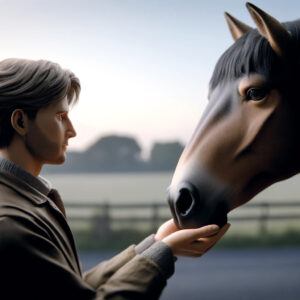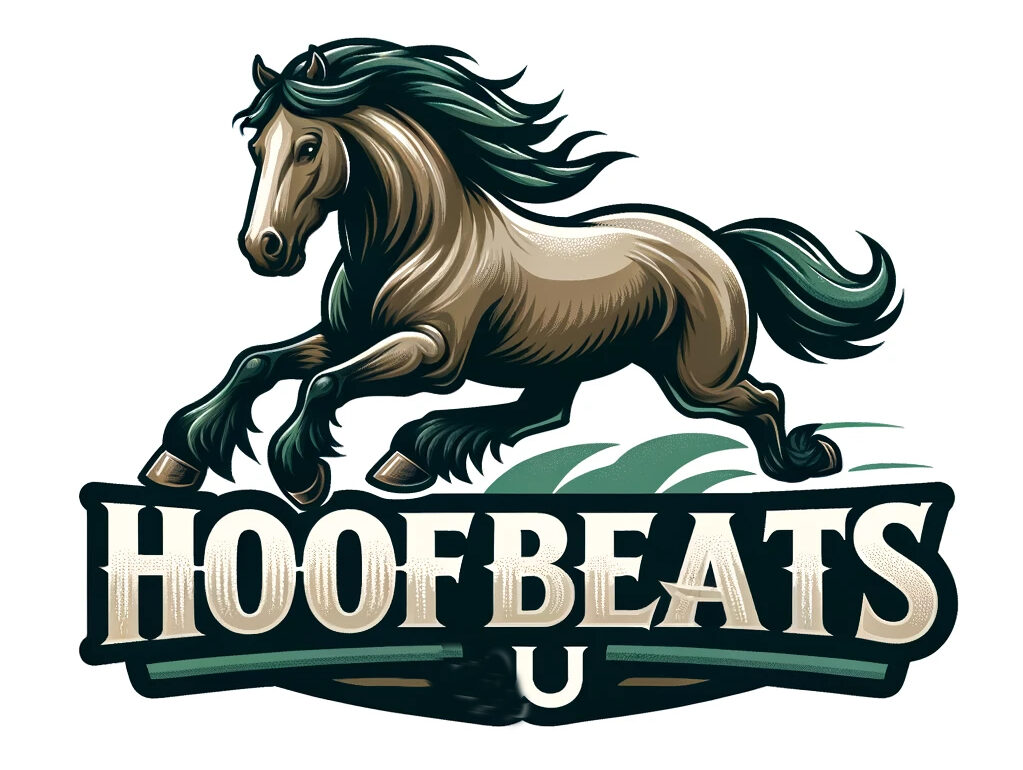
This article will go a bit different than the previous one even though they are both introductory articles, but will have valuable insights for you as you embark on training your horse.
In each progressive article, we will dig deeper into each level. For example, the next article will go deeper into understanding your horse’s behavior and body language. This will help you and your horse from whatever age, to work efficiently together! To explore deeper into each topic, please click the links for each.
The bond between horses and humans is a unique and profound connection, built on trust, respect, and mutual understanding. Proper training is crucial for the safety and harmony of both horse and rider, allowing for a productive and enjoyable relationship. There are various training methods tailored to different disciplines, whether it’s dressage, show jumping, or recreational riding. This guide aims to provide you with a comprehensive overview, from the basics to advanced techniques, ensuring a successful journey in horse training.
Laying the Groundwork: Preparing for Successful Horse Training
Understanding Your Horse’s Behavior and Body Language
The foundation of successful horse training lies in understanding your horse’s behavior and body language. Horses communicate through subtle cues, and learning to interpret these signals is essential. Observe their ears, eyes, and posture to gauge their mood and intentions. Building a strong relationship based on trust and respect starts with effective communication.
The Essentials of a Safe Training Environment
Creating a safe training environment is paramount. Ensure the training area is free of hazards and distractions. Proper fencing, adequate space, and a controlled atmosphere will prevent accidents and help your horse focus. Safety gear, such as helmets and protective boots, is equally important for both the horse and the trainer.
 Building a Relationship Based on Trust and Respect
Building a Relationship Based on Trust and Respect
Trust and respect form the core of a successful training relationship. Spend time with your horse outside of training sessions to build rapport. Consistency, patience, and positive reinforcement are key. Horses respond well to gentle and clear guidance, fostering a cooperative and willing partner in training.
Key Equipment and Resources for Training
Investing in the right equipment is crucial for effective training. Basic gear includes a well-fitting halter, lead ropes, grooming tools, and training aids like lunge lines and long reins. Quality tack, such as saddles and bridles, ensures comfort and control during riding. Educational resources, like books, videos, and professional trainers, can provide valuable insights and techniques.
Step-by-Step Guide to Basic Horse Training Techniques
The Importance of Groundwork Before Riding
Groundwork lays the foundation for all riding activities. It helps establish control, trust, and communication between horse and trainer. Exercises such as leading, backing up, and yielding to pressure teach your horse to respond to your cues while on the ground. Consistent groundwork builds a solid base for riding. We will dig deeper into each topic here in separate posts.
Teaching Fundamental Commands: Walk, Stop, Turn
Start with basic commands like walk, stop, and turn. Use clear verbal cues combined with gentle pressure from your hands or reins. Reward your horse with treats, praise, or a gentle pat when they respond correctly. Repetition and patience are essential to reinforce these fundamental commands.
Progressing to More Advanced Skills and Exercises
Once your horse has mastered the basics, gradually introduce more advanced skills. This may include trotting, cantering, and lateral movements like side-passing. Break down each exercise into smaller steps and reward progress. Advanced training challenges your horse’s abilities and keeps them engaged and motivated.
Incorporating Rewards and Positive Reinforcement
Positive reinforcement is a powerful tool in horse training. Reward your horse immediately after they perform a desired behavior. This can be in the form of treats, verbal praise, or a break from training. Consistent positive reinforcement encourages your horse to repeat good behavior and builds their confidence.
Cultivating a Lasting Partnership: Advanced Training and Beyond
When and How to Move Onto Advanced Training
Transitioning to advanced training requires careful timing and assessment of your horse’s readiness. Look for signs of physical and mental maturity, as well as a solid grasp of basic skills. Introduce advanced techniques gradually, ensuring your horse is comfortable and confident with each new challenge.
Maintaining and Fine-Tuning Your Horse’s Skillset
Regular practice and reinforcement are essential to maintain your horse’s skills. Continue to refine basic commands and build on advanced techniques. Keep training sessions varied and interesting to prevent boredom. Regular assessments and adjustments ensure your horse remains responsive and well-trained.
Competing and Participating in Equestrian Events
Participation in competitions and events can be a rewarding experience for both horse and rider. It provides an opportunity to showcase your training achievements and gain valuable experience. Prepare your horse through consistent training and exposure to different environments. Competing helps set goals and motivates continued improvement.
Continued Education and Learning for Both Horse and Trainer
The journey of horse training is ongoing. Stay informed about the latest techniques, trends, and best practices through continuous education. Attend clinics, workshops, and seminars to learn from experts and fellow trainers. A commitment to lifelong learning enhances your skills and deepens your bond with your horse.
Embarking on the path of horse training is a fulfilling and enriching experience. By understanding your horse, creating a safe environment, and employing effective training techniques, you can build a strong, harmonious partnership. Remember, patience, consistency, and a positive attitude are your greatest allies in this journey. Happy training!

